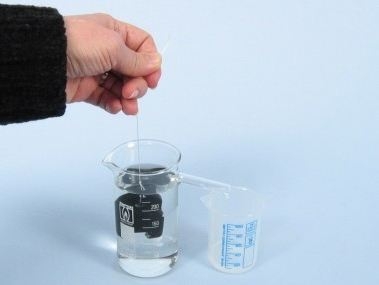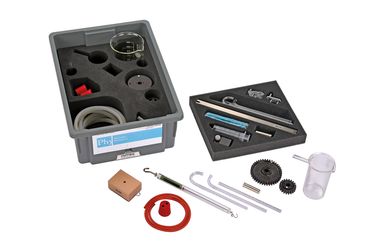Principle
The students should determine the volume of 3 solid bodies. In doing this they should know that the cubic meter (m3) is the unit of volume and also that the term liter (l) is very common.
- On immersion of a solid body in a graduated cylinder, the difference of the initial and final water levels gives the volume directly. The accuracy of this method increases with increasing narrowness of the graduated cylinder, i.e. with increasing difference in the water levels.
- Immersion of a body in an overflow vessel and weighing the mass of the overflow volume generally results in more accurate results, since it is possible to read the scales more accurately than the graduated cylinder (meniscus!).
- For regular bodies the calculation of the volume from the length, width and height, which have been measured with a vernier caliper, is the most accurate measuring method.
Benefits
- Student-suitable experiment descriptions with reports available


